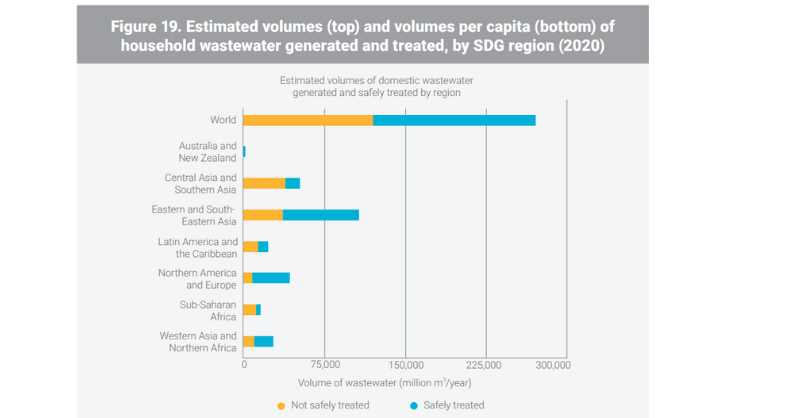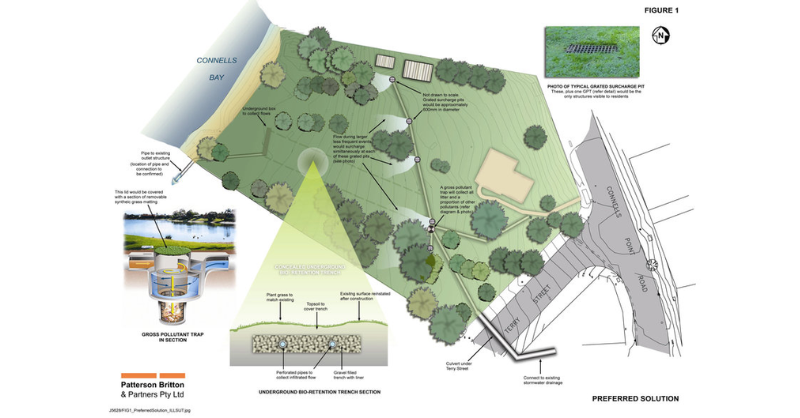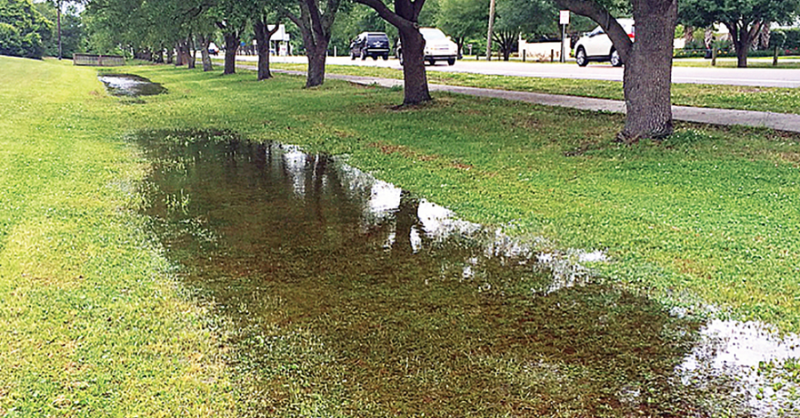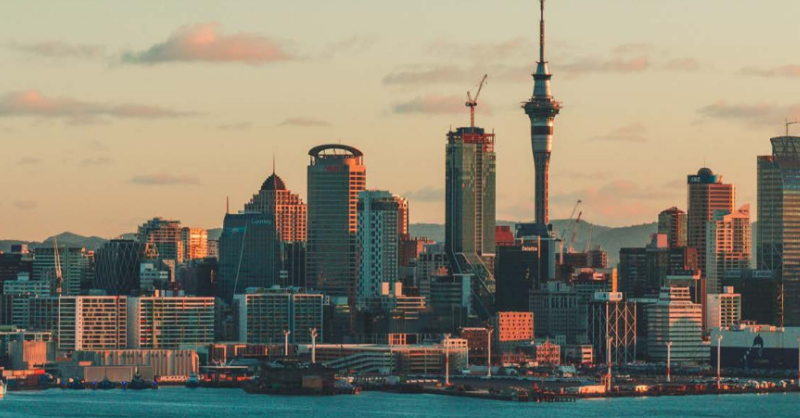
Why does our sewage end up dumped in our rivers?
Untreated sewage being dumped in our rivers and oceans is moving up the social and political agenda across Europe - nowhere more so than the UK.
Summary: Untreated sewage being dumped in our rivers and oceans is moving up the social and political agenda across Europe - nowhere more so than the UK. The industry groups are saying we can fix this, with more hard infrastructure. The cost of this - apparently billions of £, leading to materially higher water bills. But is this really the only way to fix this problem?
Why this is important: We think of treating our sewage as being an important indicator of becoming a developed country. But across the world, in locations as far apart as Paris and Tokyo, what is known as fecal contamination is a major problem. This is causing damage to our environment and our health. The challenge is to find a cost effective solution to fixing this. The traditional solution has been to build more treatment and storage infrastructure. But, more recently new and innovative green approaches have been shown to offer better value for money.
The big theme: Across the world our physical infrastructure is creaking under the pressure of rising urbanisation and decades of under investment. Our roads, railways, electricity and water/wastewater systems all need massive investment, with the burden rising as we become increasingly aware of the important role they play in delivering the sustainability transitions.
When it rains, many of our wastewater treatment processes get overwhelmed, as they are actually combined sewers - not just collecting the sewage and wastewater from buildings and industry, but also stormwater runoff. If all of this water was allowed to enter the sewage treatment plant, it would be flooded and potentially suffer extensive damage. So the excess water is diverted around the treatment plant, and spilled directly into our rivers, lakes and the sea.
As with many of our sustainability transitions, the cost of the new infrastructure and systems we need to build to replace the 'old ways' of doing things is massive. We need to find ways of funding this investment in the most cost effective manner - which often means new and innovative solutions. This is especially true for waste water. Here, its not just the case of building more treatment holding facilities, although that plays a part. There are also alternative greener solutions, and its starting to look as if they have a strong financial case.

The Detail
Summary of a report published in Water Magazine
- Short duration intense rainfall events, coupled with rapid pace of urbanisation, have an adverse impact on the performance of the existing sewer networks by causing sewage overflow hazards. Conventional 'grey' overflow mitigation measures, basically building more physical infrastructure such as massive water storage buffers, lack sufficient flexibility to adapt to adverse events. Water Sensitive Urban Design (WSUD) 'green' strategies, on the other hand, can manage stormwater runoff more sustainably, and in cost effective ways.
- These WSUD approaches have enormous environmental, social and economic benefits. The environmental benefits include reducing the pollutant loads and improving the water quality of the receiving water, protecting the existing natural and ecological processes, and maintaining the natural hydrologic cycle and aquatic ecosystems. They also provide social benefits that include protecting public health, improving the landscape and aesthetics, providing green spaces and increasing biodiversity. Plus, they provide economic benefits by being cost-effective when compared to conventional 'grey' strategies
Why this is important
- Wastewater treatment is actually two issues, not one. The first and obvious one is where wastewater is not treated at all before its 'outflowed' into rivers, lakes and the sea. In their 2021 update, UN Water estimated that globally nearly half of household water flows were NOT safely treated. And the data shows massive variations, with the lowest levels of treatment in Central and Southern Asia & Sub Saharan Africa.

- But even where we have sewage treatment works, wastewater is still frequently dumped untreated into our waterways, normally when intense rain means the system is overwhelmed by stormwater flows. And it seems reasonable to assume, at least in some parts of the world, this problem is going to get worse, not better.
- What is the scale of this second aspect of the problem? Looking at the UK, the Environment Agency, the government body tasked with measuring (and fixing) this, reported that:
"In 2020, with 80% of storm overflows being monitored, there were over 400,000 sewage discharges, totalling over 3 million hours. On average, one storm overflow discharged sewage into our waters 33 times over the course of the year. Discharges from storm overflows contain raw sewage which can contain high levels of harmful pathogens, such as viruses and bacteria".
- And what is currently being invested to resolve this? Between 2020 and 2025 the privatised UK water companies aim to spend c. £3.1 billion specifically on storm overflow improvements, of which £1.9 billion is for one project, the Thames Tideway Tunnel project in London. According to a House of Lords report "the complete separation of wastewater and stormwater systems—eliminating storm overflows—would cost between £350bn and £600bn. This could increase household bills between £569 and £999 per year".
- Let’s pause a minute here…. just for the UK, fully separating waste and stormwater would cost up to £600bn. And even just only reducing (not eliminating) overflows in the more sensitive areas (chalk streams - such as those near to where I live, and rivers etc where people swim) would still cost up to £260bn. The latest 'offer' from the water companies was that they were ready to spend £10bn over the next five year regulatory period to tackle the problem - but admitted customers could see a "modest" bills rise as firms looked to recover the costs over time. This offer will go into the regulators review process, for its end 2024 decision. And remember, this problem goes well beyond the UK. Looking slightly wider, it is estimated that across the EU 27, roughly half of the sewage systems are combined (waste plus stormwater). So, that's a lot of investment.
- Obviously, this is not a problem we can ignore, it needs to be fixed. But are countries really willing to spend this amount of money, for an extended period? My experience has been that regulators generally end up offering financial incentives to water companies to carry out this type of investment, which means that the consumer generally ends up paying most of the costs. So, are there alternative solutions? Well yes - one approach that seems to have a lot of promise is water sensitive urban design.
What is water sensitive urban design?
- Its both simple and complicated. The simple bit is that it uses our natural environment, so soil, plants and natural drainage, to soak up heavy rainfall, slowing the rate at which stormwater runoff enters the combined sewage system. This means the sewage treatment plant does not get overwhelmed by the volume of water, reducing or even eliminating the need for overflows.
- In practical terms water sensitive urban design can be a park, often including a lake, but it can also be an increased use of street side trees, green roofs/walls and sustainable urban drainage systems.

- Most of us will be familiar with urban trees and green roofs, but what is sustainable urban drainage? It's creating soakaway areas and swales (shallow ditches) that hold the water draining off houses, driveways and gardens. The water drains into the swales and is held there to gradually infiltrate into the land. It's an extension of the ancient concept of water meadows, land that is designed to flood at times of heavy rain, to protect houses and town centre's.

- These features all need careful design and integration, which is the complicated bit. The urban planner needs to think about the characteristics of the wider water catchment, both upstream (the rural land), and downstream (how much water do we need to hold back and for how long). But this is all achievable.
So, does it work?
- This all sounds too easy, can this really work? The short answer is yes, but its part of the answer, not the total solution. Let's take two examples.
- Auckland, New Zealand's largest city, regularly experiences heavy (sub tropical) rain events, storm surges, coastal inundation and droughts, which are expected to become more frequent. Despite having a high density downtown central city area, and a high volume of low-rise residential developments, there is an abundance of green infrastructure spread throughout Auckland, with large urban parks, and most housing often including good-sized gardens.

- While the industrial parks lack green infrastructure, they are clustered and often border parkland, grassed areas and farmland. As a result, there are several suburbs in the city where disposal to soakage is the primary means of stormwater management. So a high 'sponge city' score, despite Auckland having a smaller percentage of trees than cities such as New York, Mumbai and Singapore.
- Another example is Zhuhai in China, located in the Guangdong-Hong Kong-Macao Greater Bay Area. Zhuhai has constructed more than 115 square kilometres of sponge city infrastructure since 2016, accounting for nearly one quarter of the total urban built-up area. Zhuhai boasts porous brick or concrete pavement, porous asphalt roads, green roofs, green verges, bio-retention basins, ponds, rainwater wetlands, grassy swales and vegetation buffer zones. The city is one of 30 pilot projects, that are part of the Chinese governments 'sponge city' programme.
- While many of these programmes have been successful, we need to be cautious about seeing them as the total solution. For instance, in January 2023, Auckland was hit by heavy rain that caused landslides, flash floods and knocked out roads. And in July 2021, the city of Zhengzhou in China, another prominent 'sponge city' was devastated by flooding that caused c. US$10 billion of damage and over 290 deaths. This was despite the city spending c. US$8.3 bn on engineering projects such as drainage networks, swales and green parks.
- Even though these solutions are not perfect, they appear to stand up on a cost benefit basis, especially when considered against the massive investment needed to separate our wastewater and stormwater systems. There has been considerable work done on this topic in the US, supported by the Environmental Protection Agency. Its a theme we will be following up on in future blogs.
Something a little more bespoke?
Get in touch if there is a particular topic you would like us to write on. Just for you.
Contact us
Please read: important legal stuff.

